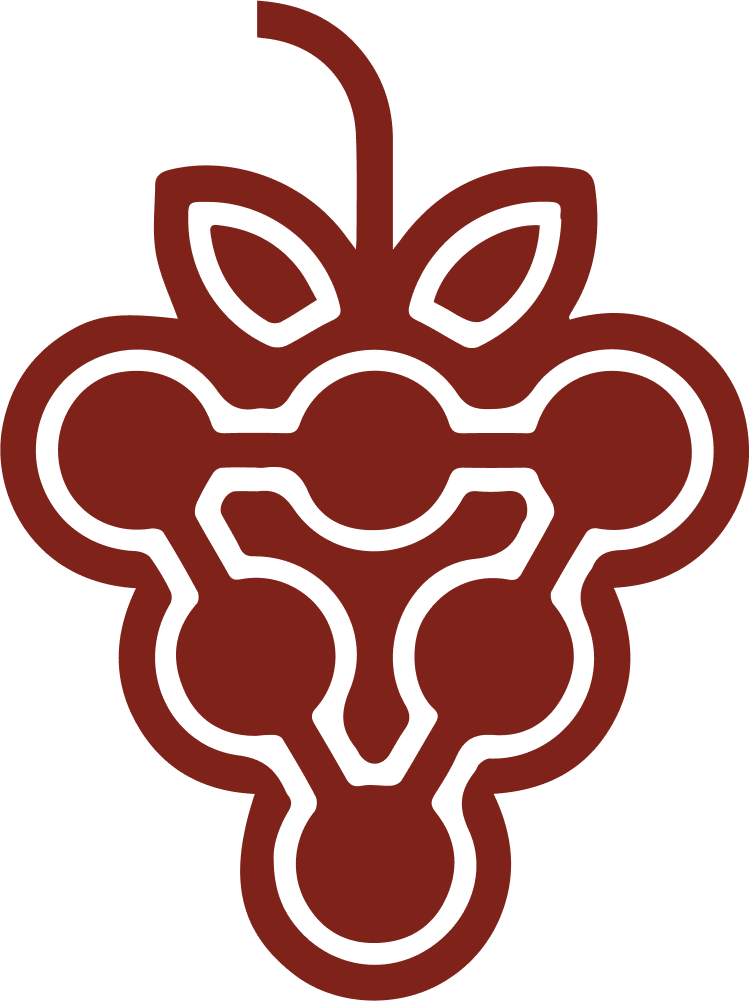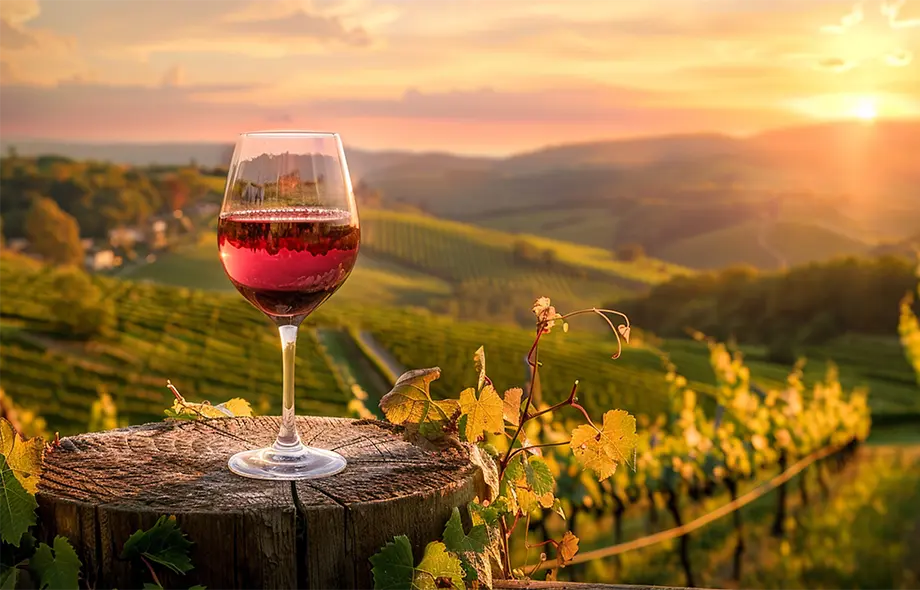The Road to Bekaa
I’ll never forget the moment I turned off the dusty highway and descended into the Bekaa Valley. The sun was low on the horizon, casting golden light over rolling hills dotted with olive trees and ancient ruins. It felt less like entering a wine region and more like stepping back in time.
This was my first real taste of Lebanese wine country — a place where vines have been rooted for millennia, where Phoenician traders once sent amphorae of wine across the Mediterranean, and where today, passionate winemakers are crafting bottles that carry centuries of history in every sip.
A Land That Speaks Through Wine
The Bekaa Valley is dramatic — high-altitude vineyards flanked by snow-capped mountains, limestone soils baked under the Mediterranean sun, and nights cooled by crisp mountain air. This unique terroir gives Lebanese wines their signature structure: bold reds with soft tannins, aromatic whites that shimmer with freshness, and blends that tell stories older than most countries.
As I walked through the vineyards of Château Musar, one of Lebanon’s most iconic wineries, I couldn’t help but marvel at how these vines stood tall despite decades of political turmoil and economic hardship. Winemaking here isn’t just a business — it’s an act of resilience.
Sips of Tradition
At Domaine des Tourelles, I met Fadi Sahi, the fourth-generation winemaker who has brought both tradition and innovation to his family’s cellars. As we tasted their spicy, earthy Cinsault blend, he told me, “Our wine is a bridge between generations. We respect what came before, but we’re not afraid to evolve.”
That sentiment echoed throughout the valley. From the biodynamic practices of Clos St Thomas to the experimental cuvées of Château Kefraya, I saw a generation of young winemakers pushing boundaries while honoring their roots.
Food & Wine: A Love Story
No visit to Lebanon would be complete without the food. At a small family-run restaurant in Zahle, I sat down to a feast of mezze — hummus, fattoush, grilled kofta, and warm flatbread — paired with a bottle of Obeidi white from the valley. Light, floral, and citrusy, it cut through the richness like a summer breeze.
Later, over lamb kibbeh and a glass of deep ruby-red Syrah from Massaya, I realized something: Lebanese wine doesn’t just pair with food — it completes it.
Final Thoughts
Lebanon’s wine story is still unfolding. But one thing is certain — the Bekaa Valley is more than a place. It’s a living testament to the power of land, people, and passion. And if you ever get the chance to walk its vineyards and taste its wines, don’t miss it.
 :
https://www.pinterest.com/
:
https://www.pinterest.com/


